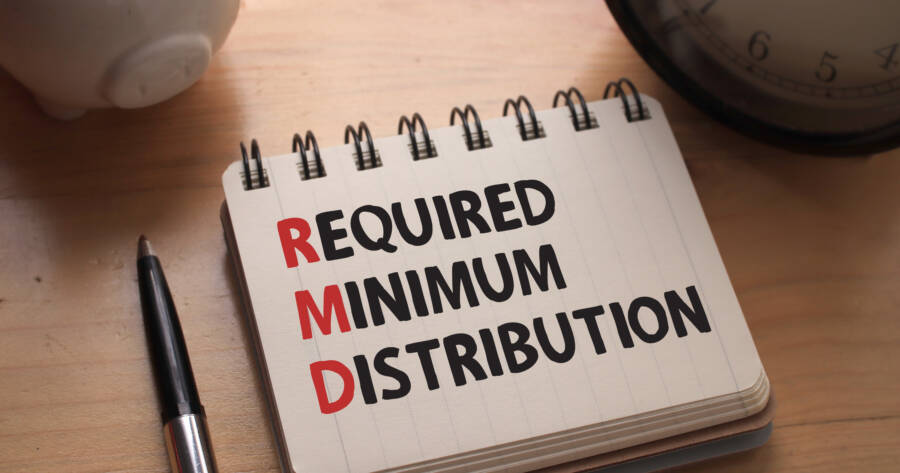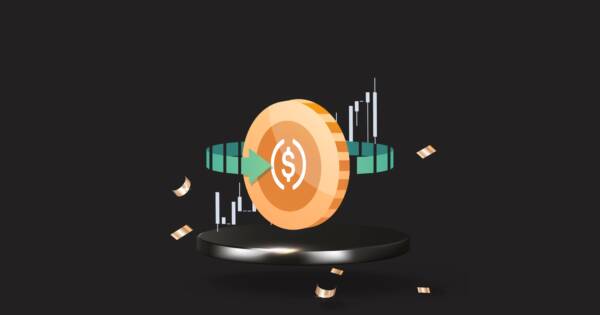After decades of productivity and setting aside a portion of your paycheck, you eventually hit retirement age. Now you need to plan how you will make withdrawals from your savings to meet your living expenses in retirement. The IRS requires retirement account holders to start taking mandatory withdrawals from their qualified retirement accounts once they reach 72 years. These withdrawals are known as a Required Minimum Distribution (RMDs). Once you know the basic rules of RMDs, you can plan how to make the most of the distributions you take —- and minimize the taxable distributions.
What Does Required Minimum Distribution Mean?
A required minimum distribution (RMD) is the minimum amount that a qualified retirement participant must take from their retirement account after attaining the required retirement age. The SECURE Act raised the retirement age for taking RMDs. It was formally 70 and a half for the period before December 2019, but is now age 72 starting in 2020.
After reaching 72, the government requires account holders to withdraw a minimum amount from their tax-deferred retirement savings account. It could be from a 401(k), IRA, 457, 401(b), SEP IRA, and SIMPLE IRA. For each withdrawal, you must pay taxes to the IRS for each year after you reach 72. Usually, investment gains in qualified retirement plans grow tax-free until they are withdrawn. Enforcing RMDs is a way for the IRS to ensure taxes get paid on the investment gains accumulated in a retirement account.
 Shutterstock
ShutterstockWhen Should You Take the Required Minimum Distributions?
Before the enactment of the SECURE Act, the IRS required individuals who turned 70 and a half to take RMDs by April 1 of the following year. However, with the 2020 legislation, individuals must take their first RMD by April 1 of the year after they turn 72. Thereafter, they must take RMDs on December 31 for every year after the first RMD.
In some cases, account holders who delay in taking their first RMD will be forced to take two distributions in one year. For example, if you turn 72 in May 2021, you should take the first distribution by April 1, 2022 and the second distribution by December 31, 2022.
How to Calculate Required Minimum Distributions
When calculating your RMD, you must base your calculations on the closing balance of the account on the last day of the previous year. To calculate the RMD, you take the prior year’s account balance divided by the appropriate life expectancy factor in the IRS RMD worksheet. Here’s how it works in practice.
Practical Example
Assume that John had $300,000 in his IRA account as of the closing date of the previous year. If he is 73 years, the appropriate factor in the Uniform Lifetime Table is 24.7. John’s RMD is calculated as follows:
$300,000 ÷ 24.7 = $12,145.75
Therefore, the amount that John needs to take as RMD for the year when he turns 73 is $12,145.75. He can take more if he chooses, but that is the required minimum amount.
 Shutterstock
ShutterstockConsequences of Not Taking Required Minimum Distributions
If you don’t take the RMD at all (or take an amount that is below the mandatory amount), the IRS imposes a 50 percent penalty on the amount not taken. You will still pay ordinary taxes on the total distribution, based on your tax bracket.
For example, let’s say you’re required to take $12,000 but only withdraw $5,000. That’s $7,000 less than your RMS, so the IRS will charge you a $3,500 penalty. Furthermore, you will still pay taxes on the full $12,000 that you were required to take.
If you failed to take the RMD for a reasonable reason, you can request a waiver of the penalty. Start by filing Form 5529 to request a waiver. Then attach a letter explaining the reasons for not taking the RMD and the steps you’ve taken to remedy the situation.
Required Minimum Distributions for Multiple Accounts
The IRS requires account holders to calculate RMDs on all the IRA accounts that they own. Depending on the amount you need to withdraw, you can choose to take the entire RMD from one account or a combination of two or more accounts. The idea is that you must withdrawing the RMD from at least one of the IRA accounts. This rule applies to IRAs such as SEP IRA, SIMPLE IRA, Rollover IRA, and 403(b)s.
For other retirement accounts such as 401(k)s, you must take the RMD from each specific account as required. You should contact a professional financial advisor if you’re confused about how to proceed with your RMD with multiple retirement accounts.
 Shutterstock
ShutterstockTax Implications
The entire amount taken out as RMD is taxable. The IRS calculates the tax due at the ordinary income tax rate for federal taxes.
Traditional IRAs and 401(k)s are both tax-deferred retirement accounts. This means that funds in the account are not taxed until they are withdrawn. Also, some states impose their own taxes on withdrawals from retirement accounts.
If you funded your retirement account with after-tax contributions, the distributions you take will be untaxed. However, you will have to track these distributions and file an IRS form each time you take a distribution.
RMDs and Roth Accounts
If you have a Roth 401(k), you should consider moving your money to a Roth IRA, which does not require RMDs. A Roth IRA is funded with after-tax dollars, which means that you will not pay taxes on any distributions.
As such, you are not required to start taking RMDs from a Roth IRA when you reach 72. You can let the money continue to grow, especially if you have other sources of income to meet your living expenses.
 Shutterstock
ShutterstockHow to Reduce or Avoid Required Minimum Distributions
If you are looking to lower (or avoid) the amount of RMDs you need to make, there are several strategies you can use. Again, you should consider talking to a financial professional (or tax attorney) if you’re not sure which steps to take.
Rollover Roth 401(k) to Roth IRA
If you quit or leave your job, you can rollover the balance of a 401(k) to a Roth IRA. This option allows the funds to grow tax-free even after you reach 72 years, since a Roth IRA does not require RMD.
If the funds remain in a Roth 401(k), you will be forced to take the RMD to avoid the 50 percent penalty. If your retirement planning doesn’t actually include the need for those RMDs to fund your life, this is a great option to take.
Rollover Traditional IRA to Roth IRA
Transferring money from a traditional IRA to a Roth IRA early in retirement can also help you avoid future RMDs. Be aware that you will still owe taxes on the transferred amount from your traditional IRA to a Roth IRA. These taxes are due in the year when the conversion is made.
Once the transfer is completed and all taxes paid, the retirement money will grow tax-free. Even better, it will not be subject to RMDs.
Qualified Charitable Distributions
You may also consider making a qualified charitable distribution if you are 70 and a half or older. You can transfer up to $100,000 to charity each year. The donation is not subject to tax.
The amount donated is considered when calculating the RMD for the year. If the target is met, you won’t be required to take another RMD or pay taxes on the amount.
 Shutterstock
ShutterstockYou Are Working At 72
If you still have the energy to continue working at 72 (and do not own five percent or more of the company’s stake), you can defer taking RMDs on your 401(k) money in that company. However, the company must adopt this exemption for the deferral to apply.
You should speak to the employee who handles the company 401(k) accounts to ensure this process is done correctly. Otherwise, the IRS may come calling for taxes that you aren’t prepared to pay.
The Bottom Line
In general, most people happily withdrawal their RMDs because they need the funds to pay retirement living expenses. In fact, most retirees will withdrawal more than the minimum amount. Remember our example above? John was only required to make a RMD of about $12,000. However, that’s not likely to be enough to get him through an entire 12 months of expenses. (Assuming John only has one source of retirement income.)
On the other hand, you might have vast retirement savings and multiple tax sheltered retirement accounts. If you’re not struggling to make your retirement money last, being forced to make RMDs (and pay the taxes) can be annoying. Luckily, there are some steps you can make to minimize your RMDs — and reduce your tax liability. Speak to a financial professional to discuss your options.








